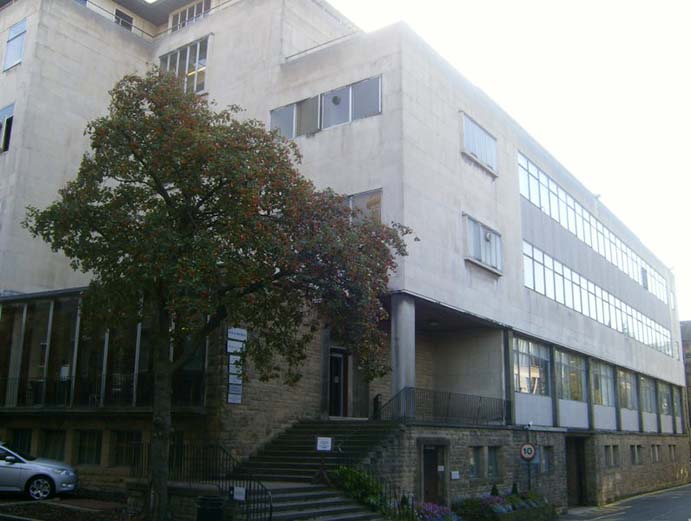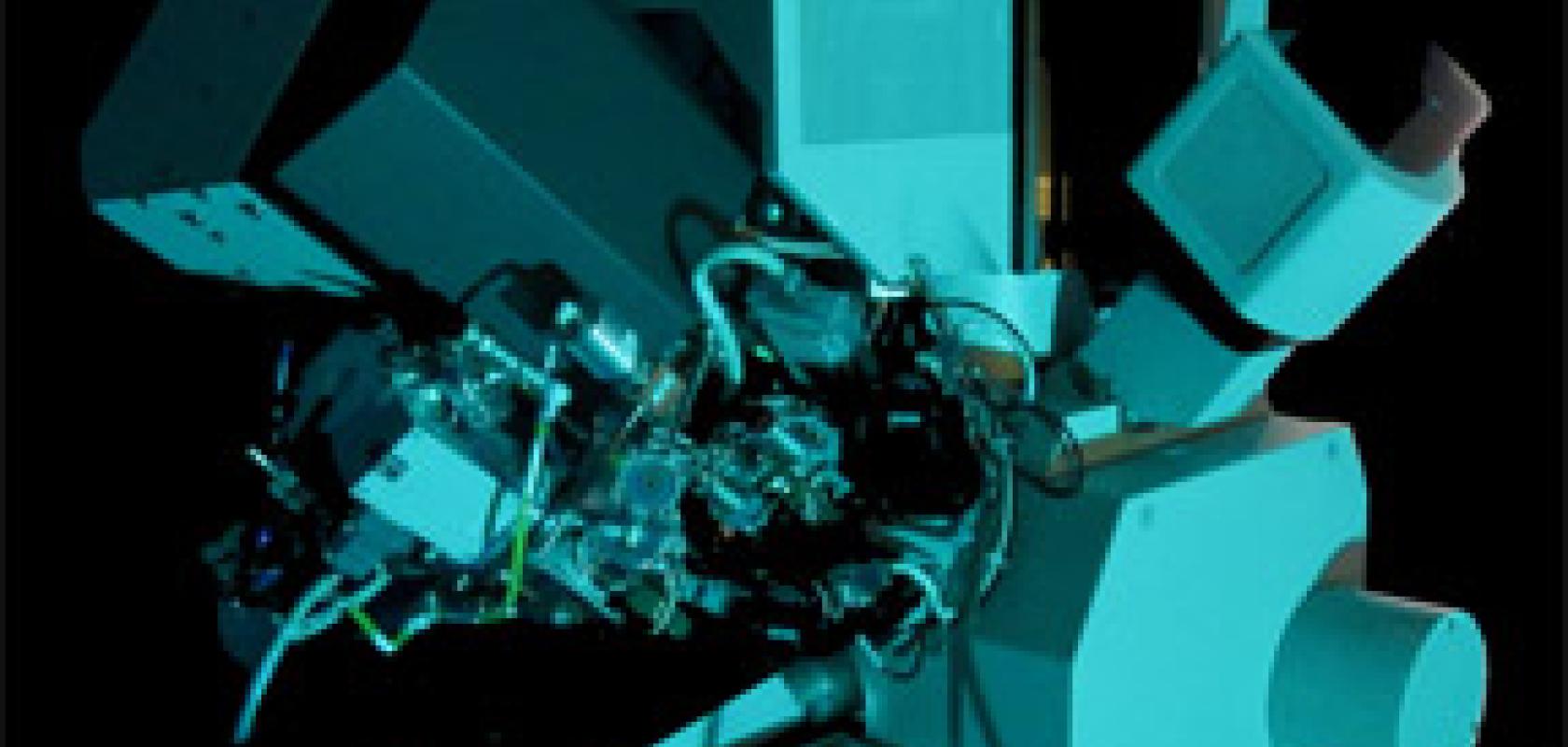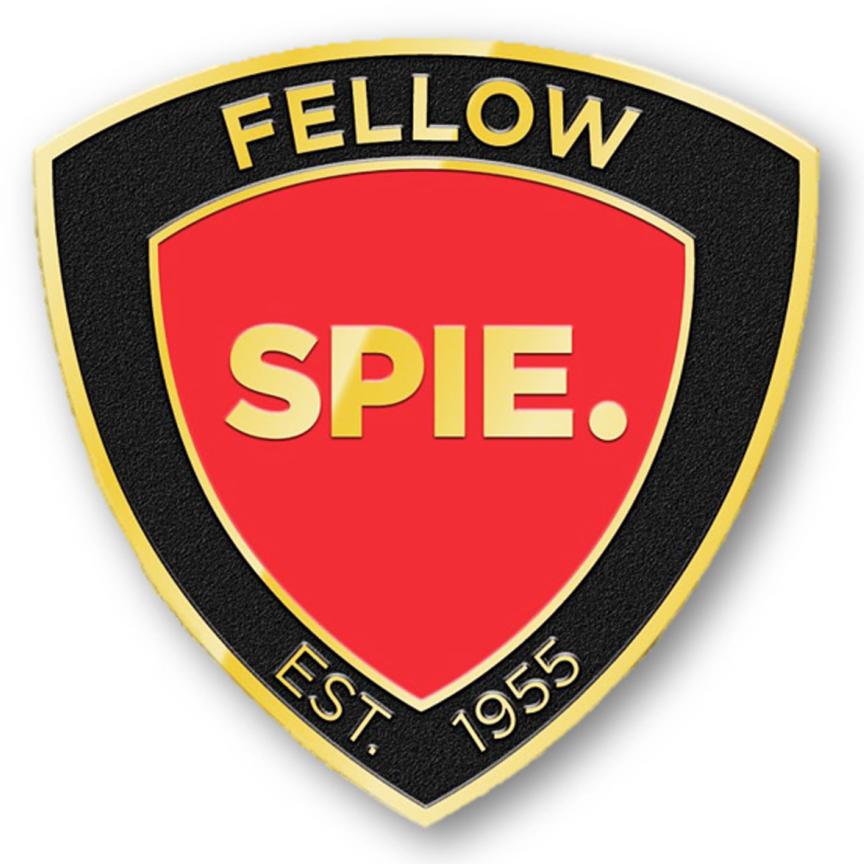The University of Glasgow’s School of Physics and Astronomy is today unveiling an EPSRC-funded advanced materials imaging facility worth £1 million that will give researchers access to a suite of new tools to analyse and develop new materials for industry. The new piece of imaging technology – a xenon plasma focused ion beam (PFIB) microscope, unique to the UK – can be viewed by scientists and visitors in the school’s Kelvin Building.
The facility is being officially opened by Tony Chapman, senior portfolio manager at the Engineering and Physical Sciences Research Council (EPSRC), which provided £1.08m in funding to support the purchase and installation of the facility.
The PFIB is the latest addition to the University’s Kelvin Nanocharacterisation Centre, following the installation of a £2.65 million MagTEM electron microscope in 2012, which offers researchers the ability to image materials at the atomic scale.

The new xenon plasma focused ion beam microscope can be viewed by scientists and visitors in the School of Physics and Astronomy's Kelvin Building today (Credit: Glasgow University)
Referred to by the university as the ‘Swiss army penknife’ of the nanoworld, the new facility allows samples to be cut, sliced and drilled by focusing beams of plasma, which can also be used to analyse sample composition via spectroscopy and crystallography.
‘We’re very pleased to be expanding the range of our imaging technology with the installation of this xenon plasma focused ion beam microscope,’ said, Dr Donald Maclaren from the School of Physics and Astronomy, who played a key role in the installation of the PFIB facility. ‘Focused ion beams are very, very useful tools. We can now, for example, slice a sample up like a loaf of bread, take detailed images of each slice, and produce a detailed 3D image of the sample. That could be useful for following a crack propagating through a pipe, for example, or for checking the pores of a piece of shale rock under consideration for drilling in the oil and gas industry. We can use spectroscopy to examine chemical variations in a block of steel, or analyse the elements present in a sample via crystallography.’
Dr Ian MacLaren, principal investigator on the award, added that the PFIB would allow the group to unlock the full potential of its functional capabilities for new materials research. ‘We can now manipulate materials on a larger scale and then, if required, pass them along to our MagTEM facility to look at it more detail,' he commented. 'We’ve already undertaken a lot of exciting research for industrial partners, and the unique capabilities of this new facility greatly strengthens the capabilities of the Kelvin Nanocharacterisation Centre.’


